If you’re desperate for relief from shoulder pain, you’ve come to the right place. This guide cuts straight to the chase, providing you with proven strategies for treating shoulder injuries. Expect to learn how to distinguish your symptoms, what treatment options exist, and steps to take to treat shoulder pain right away for a swifter recovery.
Key Takeaways
- Shoulder injuries like rotator cuff tears and instability impede mobility and can be diagnosed by symptoms and imaging tests, with a range of treatment options guided by severity.
- Physical therapy is crucial for shoulder injury recovery, complemented by home remedies and lifestyle adjustments to manage pain and aid healing.
- For complex shoulder issues, Plancher Orthopaedics offers advanced and minimally invasive treatments, as well as shoulder replacement surgery when conservative methods fail to provide relief.
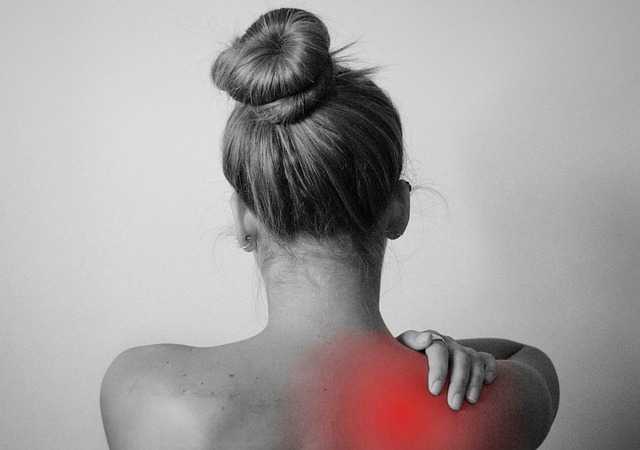
Understanding Shoulder Injuries: From Rotator Cuff Tears to Instability
The shoulder joint is susceptible to various injuries, and understanding these conditions is the first step in the effective treatment of shoulder problems. Shoulder pain can be the result of instability or impingement of the soft tissue or bony structures, causing discomfort and limited mobility. Chronic conditions that affect the shoulder joint and surrounding muscles include rotator cuff injuries, dislocations, arthritis or bursitis, and shoulder joint bone spurs.
We’ll examine two prevalent concerns more closely: rotator cuff complications and shoulder dislocation and instability.
Identifying Rotator Cuff Problems
The rotator cuff is a group of shoulder muscles and tendons that keep the upper arm bone secured in the shoulder socket, allowing us to lift and rotate our arms. However, age and repetitive motion can cause the rotator cuff tendons to wear and tear, leading to pain, weakness, and a cracking sensation. So, how do doctors identify these problems?
Symptoms of a torn rotator cuff include pain and difficulty in raising the arm, especially above shoulder height. To confirm a diagnosis of a rotator cuff injury, a rotator cuff problem, or rotator cuff tendinitis, doctors may order imaging tests such as an ultrasound or MRI scan, which provide detailed images that reveal tendon tears and other issues affecting the shoulder.
Navigating Shoulder Dislocation and Instability
Shoulder instability happens when the upper arm bone is pushed out of the shoulder socket, causing discomfort and reduced mobility with poor shoulder posture. It is a common issue that can affect daily activities and may require medical attention. This can be caused by repetitive movements, traumatic injury, or naturally looser joints, leading to recurrent dislocations if not properly treated.
Symptoms of a dislocated shoulder include intense pain, visible deformity, limited movement, and swelling.
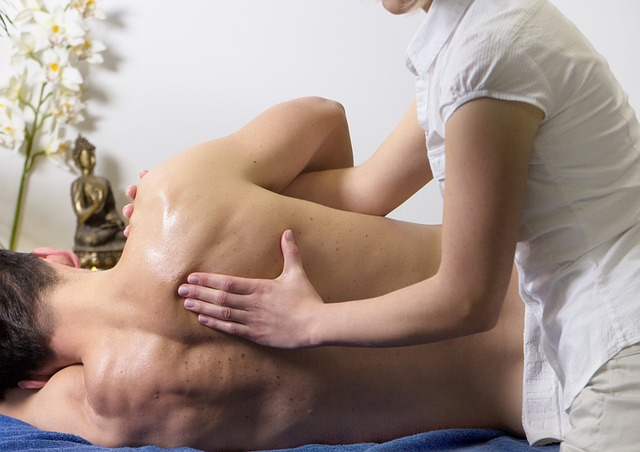
The Role of Physical Therapy in Shoulder Recovery
Physical therapy plays an indispensable role in the healing process after a shoulder injury or surgery. It aims to reduce pain and accelerate recovery while focusing on targeted exercises and stretches to improve the shoulder’s range of motion and strength. The primary objective is to stimulate healing, and enhance shoulder strength and mobility, usually under the guidance of a healthcare professional for 4 to 6 weeks.
A physical therapist will tailor a rehabilitation program to the individual’s specific needs, which may include manual therapy techniques, therapeutic modalities like ultrasound or electrical stimulation, and patient education to prevent future injuries. Consistency in attending physical therapy sessions and adhering to prescribed home exercises are critical components for a successful recovery. Patients can expect a progressive plan that slowly increases in intensity as the shoulder heals, ensuring a safe return to daily activities and, for athletes, a return to their sport.
Minimally Invasive Surgery: Dr. Plancher’s Expertise
Dr. Kevin D. Plancher specializes in minimally invasive procedures for shoulder injuries, including:
- Arthroscopic rotator cuff repairs
- Arthroscopic Bankart repairs
- A pioneered arthroscopic technique for releasing a nerve to address posterior shoulder pain
His expertise is supported by extensive education at prestigious institutions, such as Georgetown University and Harvard University’s Combined Orthopaedic program.
Not only is he a top doctor, but he’s also an innovator, developing specialized techniques and contributing to the educational and leadership roles in orthopaedic surgery.
Home Remedies and Lifestyle Adjustments
Though professional medical assistance is vital for treating the causes of shoulder pain and injuries, home remedies and lifestyle modifications can substantially aid in managing shoulder pain and fostering healing.
Resting the injured shoulder, avoiding stressful activities, and using cold compresses to reduce inflammation are some of the initial steps that can be taken at home.
Advanced Treatment Options at Plancher Orthopaedics
For acute shoulder injuries and intricate conditions, Plancher Orthopaedics & Sports Medicine provides cutting-edge robotic surgery alternatives. Dr. Kevin Plancher implements innovative approaches in reconstructive shoulder surgery, including revision surgeries, and techniques for treating inflammatory joint diseases through reverse total shoulder arthroplasty (RTSA).
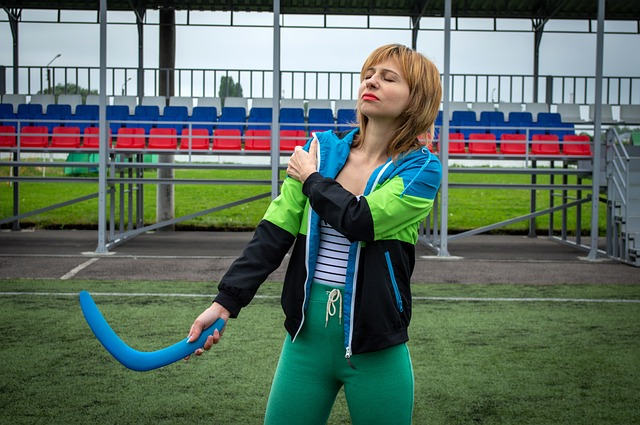
Preventing Shoulder Injuries: Tips and Exercises
Preventing shoulder injuries holds equal importance to their treatment. A comprehensive shoulder injury prevention strategy should include a combination of exercises that strengthen the rotator cuff, improve flexibility, and enhance the overall stability of the shoulder joint. Regularly engaging in such preventive exercises can significantly reduce the risk of shoulder injuries, particularly for athletes and individuals with physically demanding jobs. Additionally, maintaining good posture and ergonomics during daily activities and while at work can help mitigate undue stress on the shoulder muscles and tendons. It’s also advisable to warm up properly before any strenuous activity to prepare the shoulder muscles for the upcoming exertion. These proactive measures are essential for keeping your shoulders healthy and functional, avoiding the downtime and discomfort associated with shoulder injuries.
When to Consider Shoulder Replacement
When conservative treatments like medication and physical therapy do not alleviate chronic shoulder pain, shoulder replacement surgery should be considered.
Severe shoulder pain, such as that caused by a frozen shoulder, can be considered severe pain that disrupts daily activities and might necessitate the consideration for shoulder replacement surgery, especially when shoulder pain occurs and it involves the shoulder blade area.
Managing Post-Surgical Care
Post-operative care management is vital after shoulder surgery to guarantee appropriate healing and recovery. This includes:
- Managing pain
- Managing swelling
- Taking care of the wound
- Adhering to physical therapy exercises
- Attending follow-up visits
Summary
To summarize, shoulder injuries can significantly impact your life, but understanding them is the first step toward effective treatment. From physical therapy to minimally invasive surgeries, there are various treatment options available for intense shoulder pain. Contact Plancher Orthopaedic today to find out how we can help you with your shoulder pain!
Frequently Asked Questions
How can I heal my shoulders fast?
To heal your shoulders fast, try applying ice for 15 minutes on and off, resting, and slowly returning to regular activities. You can also consider taking pain relievers like ibuprofen or acetaminophen.
How can you tell if a shoulder injury is serious?
If you experience intense and ongoing shoulder pain, stiffness, or pain with shoulder movement, weakness in the arm, numbness in the arm and/or hand, limited or reduced motion, a misshaped shoulder joint, or swelling in the shoulder, it’s important to seek medical attention. These symptoms may indicate a serious shoulder injury.
What is the role of physical therapy in shoulder recovery?
Physical therapy is crucial for shoulder recovery as it reduces pain, speeds up recovery, and improves range of motion and strength through targeted exercises and stretches.
What is the expertise of Dr. Kevin Plancher?
Dr. Kevin Plancher specializes in minimally invasive procedures for shoulder injuries, including arthroscopic rotator cuff tendon repairs. He has also pioneered an arthroscopic technique for releasing a nerve to address posterior shoulder pain.
What are some home remedies for shoulder pain?
To manage shoulder pain at home, try resting, avoiding stressful activities, and using cold compresses to reduce inflammation. These remedies can help alleviate discomfort and promote healing.

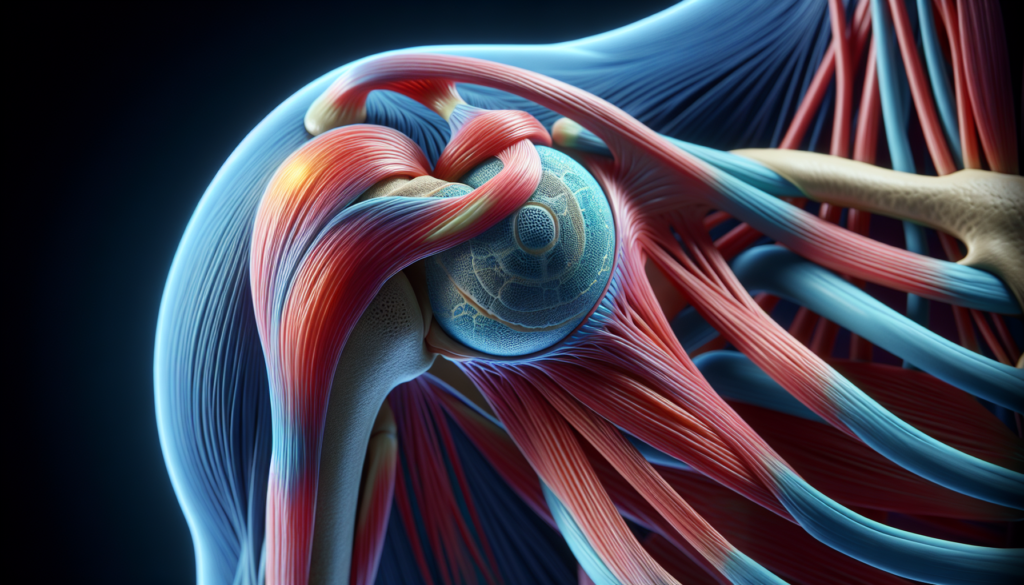
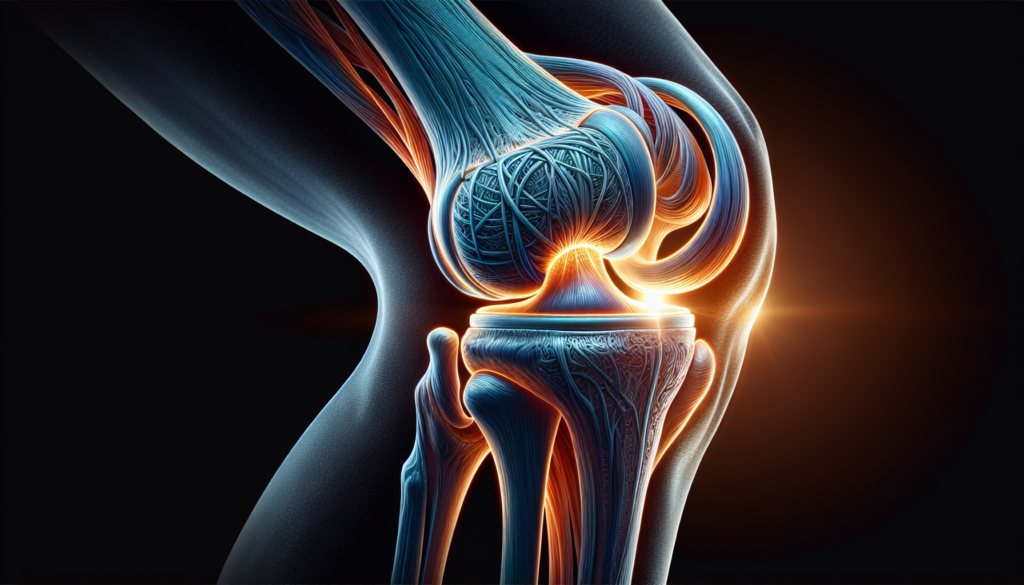
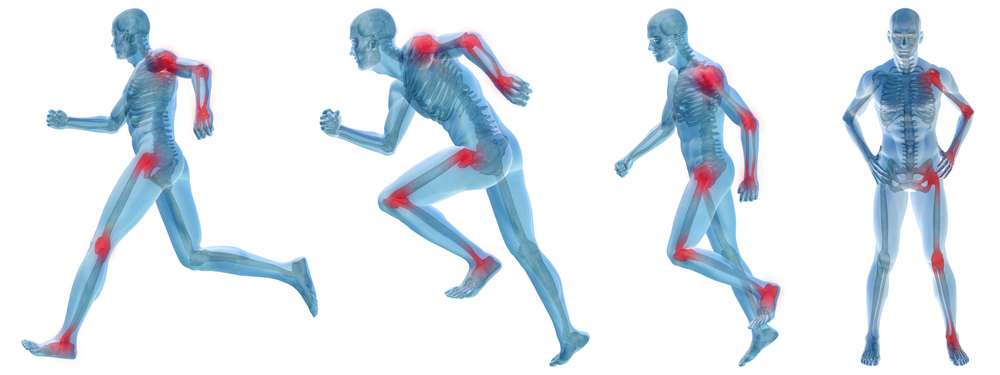
 William D. Murrell, MD
William D. Murrell, MD Thomas B. Evely, DO
Thomas B. Evely, DO Clifford Voigt, MD
Clifford Voigt, MD Karthikeyan Chinnakkannu, MD
Karthikeyan Chinnakkannu, MD Max N. Seiter, MD
Max N. Seiter, MD Demetris Delos, MD
Demetris Delos, MD Lauren M. Fabian, MD
Lauren M. Fabian, MD